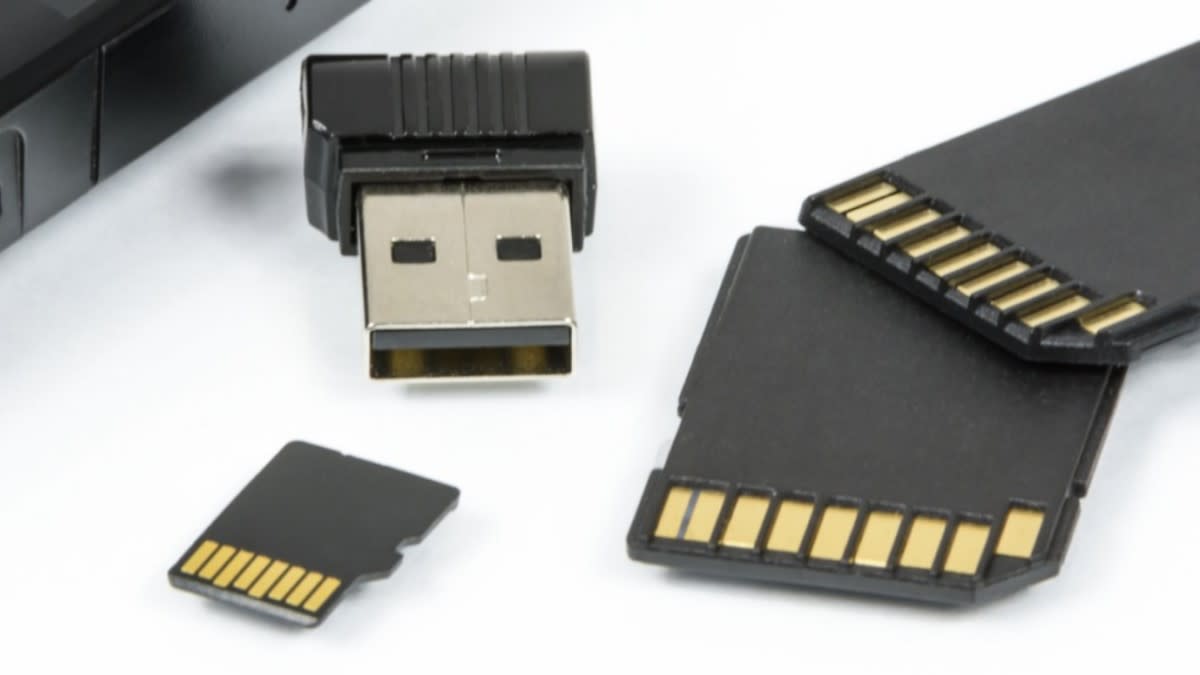Confessions of a Retired White Hat Hacker

Good vs Evil
Computers and their programming started as early as the Babbage machine from the 1820's era when Charles Babbage proposed the first computer called a "Difference Machine". More practical programming became a necessity when the ENIAC machine was developed in 1946 as a ballistics computer for the military. This new science called programming required a mind that could delve into new and as yet unexplored processes in order to make a computer operate at it's most efficient state. This processing or programming if you will, always took on innovative techniques that usually went beyond conventional methods used in the sciences prior to the computing age. Keep in mind that early programming wasn't as simple as pasting some HTML code into your web site, early programming had total control over what the computer would or could do, so the sky was the limit in those days.
This programming style breeded an engineer with a unique dimension to his character. It was not uncommon to try techniques that seemed odd to the conventional engineer, and so they carried a stigma about their persona that they were quite different. A simple example that would drive any mathematician crazy was a common programming technique to increment a variable by one each time the program issued this instruction. The mathematical equivalent of this program step was A = A + 1. The computer would take the old value of (A) and add one to it, then store the new value back into (A) again.
Programmers in the early days were unconventional experimenters. Unfortunately some would choose the dark side or Black Hats and others would choose a good side or White Hats. This is a story of White Hat hackers and their need to be innovative and attempting to correct wrongs done against them, or simply to discover what would the computer do "If I did this to it?".
It is quite unfortunate that the Evil Hacker has proliferated over that last decade or so, and the term White Hat hacker has been all but forgotten. So with a bit of a boyish grin on our face, let's take a look at some actual cases of White Hat hacking from the old days.
Late 1970's Disk Drive

Programming Electronic Hardware
Early first and second generation of computers were supported by hardware that was huge by comparison to today's equipment. Today you can store many gigabytes of data on a USB drive the size of a dime. Old hard drives from the 60's and 70's were as big as washing machines and could only store a fraction of data in the 100's of kilobytes. These multi-platter drives were very heavy and were operated by large electromagnetic servos. You could hear the drive heads moving across the disk looking for the data that the program asked for.
During those times, a diagnostic engineer would write a program to test all the functions of these large cumbersome machines. They could move the heads back and forth with a specific rhythm to the test. The heads and servo drives weigh upwards around 20 to 30 pounds. So visible drive movement was not uncommon. At this point the innovative white hat hacker would speculate, "What would happen if I programmed the heads to move at a frequency that was resonant with the mass of the whole drive?
Well, first attempts at resonance yielded the washing machine like drives happily humming away with a note around low 'C' on the piano scale. But a few number changes in the program yielded chaos in the computer room. In those days, all computer equipment was contained in an environmentally stable room, if only some of these engineers were as stable as those rooms.
The next test yielded an earthquake like vibration that shook the room, knocking desk items to the floor and a wildly rocking bouncing disk drive jumping across the floor and headed for other engineers at their desks. With people running in different directions, raucous laughter broke out in the lab at the site of this disk drive "Coming Alive!". Needless to say the management didn't think it was very funny. We couldn't stop laughing for days.
A modern day version of this bouncing disk drive would be the Stuxnet Virus that was released on the Iranian nuclear facilities centrifuges. It is believed that Israel and Americans developed this virus to infiltrate the Iranian centrifuges in order to destroy the devices. The virus would force the machines into an uncontrolled spin, rendering them as junk in only a short period of time.

Please Don't Spy on Me.
Engineering management style has evolved over the years to a more modern tolerant relationship with the working staff. Gone are the days of child labor or management standing over you on catwalks making sure you are working at 150% capacity. This behavior was demeaning and irritating to say the least. Sadly, this style shows up today in a more modern form.
Computer program development during the 1980's used networked servers, like the Digital Equipment's VAX series computers. The age of individual PC's was only just beginning and all businesses had this networked style of computing in the office. The system consisted of one large computer that could run programs from a number of users all at the same time. This central computer would then communicate with the user by the use of the Dumb Terminal. The dumb terminal was nothing more that a CRT screen showing text information and a keyboard to get typed text from the user. These dumb terminals did not have any computing hardware in the device and were very limited in their programming ability.
The central processing, multi-user style meant that all users programs and data were contained in one computer which made it easy to be able to see what the computer (users) were working on at any point in time. Unfortunately so could the unscrupulous manager of our team see what we were doing at work.
The scene is now a room full of engineers all working at different programs all contained in one central computer. There are manager's who have dumb terminals on their desks as well. Most managers use the computer to write their progress reports or draft other important documentation related to their project. Sadly though, some managers have a domination complex in their personality that drives them to use the computers power to spy on the workers without their knowledge. Most computers at that time had programs to watch other system processes primarily for diagnostic reasons. One manager would watch the progress of his workers in order to control their work habits as well and create a 'God' like environment in his mind.
One engineer discovered this spying by the manager and decided that it had to stop. Any claims of spying would be denied and might result in unfavorable treatment by the manager over the engineer, so the solution had to be clandestine. This was a difficult white hat maneuver that had to be stealthy but yet give a message that it isn't nice to spy on people without their knowledge.
The trick was to pull the manager off of the system if it was noted that he was watching the engineers incandescently. A difficult task indeed. The dumb terminals had a feature that would reply to a simple command to identify itself when commanded to from an outside task. This ID could in fact be a computer control command. By programming his terminal to log him off of the system, we engineers could then bump him off at any time we thought appropriate.
He grew impatient with the strange behavior of the system and he filed a bug report with the computer manufacturer, the bug never did get resolved.
All Is Well.
No managers or any other people were harmed during this period. Integrity was maintained and the only embarrassment suffered was deserved. A white hat hacker is not out to make trouble or to steal anything, but the hackers of that time were only trying to understand technology at a time of greatest development of the computer.
Hope you enjoyed these stories, keep looking for further "uh-hum" confessions.
> logout....








